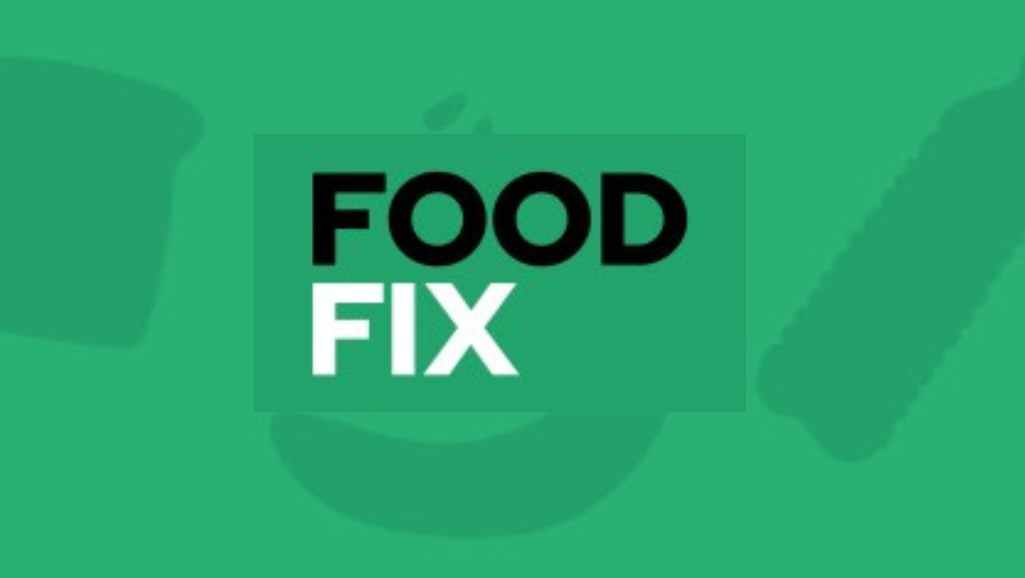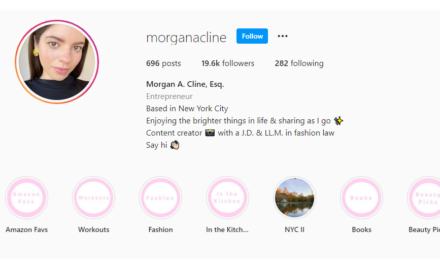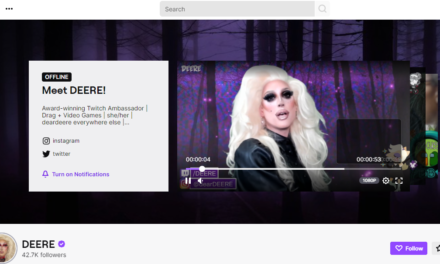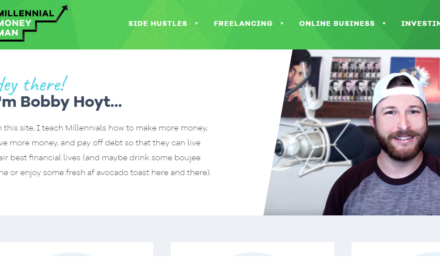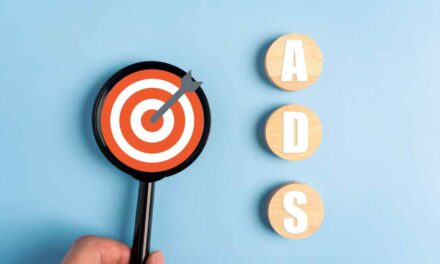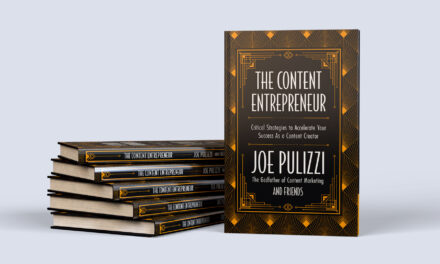Entrepreneur: Helena Bottemiller Evich
Biz: Food Fix
Tilt: Food policy news and analysis
Primary Channel: Newsletter (6K)
Other Channels: Website, X (29.9K), LinkedIn (3.3K)
Time to First Dollar: 1 month
Rev Streams: Paid subscriptions
Our Favorite Actionable Advice
- Spin off your expertise: Helena covered food policy for Politico and a trade publication for a decade before she quit and launched a content business on that topic. Her subscriber growth has come from her professional contact base and referrals.
- Start with a paid strategy: She sent the twice-a-week newsletter for free the first month. Then, she charged $500 a year for the Tuesday newsletter while keeping Friday free.
- Be patient: You are going to run into people, even years after you launched, who have no clue you’re doing something new. Don’t be discouraged by this, or take it personally. Embrace the opportunity to gain a new subscriber.
- Take breaks: If you feel burnout creeping in, take a break. Be transparent with your audience and tell them you are interrupting the publication schedule. They will understand.
The Story of Helena Bottemiller Evich
Helena Bottemiller Evich calls herself an “accidental journalist.” In college, she viewed journalism as a profession entered only by someone who had dreamed about it since they were 5.
At Claremont McKenna College in southern California, Helena was interested in public policy and majored in government. Graduating with a bachelor’s degree required a master’s-level thesis. She chose food policy, a topic that interested her. Her mother cooked with health consciousness in mind, and her grandfather owned a produce market where Helena worked when she was little.
She interviewed many people to complete her thesis on food safety. That helped her land an unexpected entry-level job writing for a new website called Food Safety News in 2009.
Helena remembers thinking, “I can try this, right? I don’t have any journalism experience, but I did just spend months researching food safety policy.”
As it turned out, her “trial” came at an opportune time as Congress debated the first update to food safety law in a century, and she was assigned to cover it. She became the only reporter focusing on what would become the Food Safety Modernization Act.
Helena covered the Food and Drug Administration and US Department of Agriculture for four years at Food Safety News and loved the work.
Accidental journalist to thought leader
In 2013, Politico recruited Helena to help launch its food safety coverage. She spent 10 covering food and agriculture policy in Washington. During this time, she won a George Polk Award for a series on climate change (2019) and two James Beard Awards for features on nutrition and science (2018, 2020).
While at Politico, Helena saw the power of a subscription-based site and newsletter. Politico built a strong subscription-based service during her tenure. Writing for Politico Pro (paid) and Politico.com (free), Helena gained valuable experience in subscription-based writing. She also saw that the paid site attracted a bigger B2B audience while the free side was more B2C. While she didn’t know it then, this dual writing and experience were the beginning steps of becoming a content entrepreneur.
Leaving full-time job for entrepreneurship
In 2022, Helena made the bold decision to leave Politico and start a content business – Food Fix, a weekly newsletter for food policy news and analysis.
“There was nowhere to go to just focus on food policy. It is barely covered by the mainstream media but extremely important. I knew I could fill this gap,” she tells The Tilt.
When Helena left Politico, she spent three months figuring out how to brand and launch a site. She read all the blogs and free content she could find, listened to podcasts, and subscribed to newsletters. Helena remembers thinking, “If they did it, why can’t I?”
During the building phase, Helena sent out batch emails to her industry contacts, letting them know she was starting a newsletter and directing them to a landing page to subscribe to an unpublished newsletter.
She credits her experience and work at Politico as helping establish her as a thought leader in the food policy area. This made her transition to entrepreneur easier. Her contacts were more than willing to sign up for an unpublished newsletter. Helena also leveraged her Twitter followers (29K) as potential subscribers but admits this might not work now that the platform is X.
Building a business model
Helena formally launched Food Fix in August 2022. From the beginning, she published newsletters on Tuesdays and Fridays. All content was free in the first month.
In September, the Friday edition remained free, and Tuesday editions were available to paid subscribers, mostly professionals who need the information she covers and analyzes for their jobs.
Helena knew the paid subscription model worked as she had seen the success at Politico. She knew she was filling a hole in the market with her content. But it was still nerve-racking to make the switch to paid subscriptions that second month.
Fortunately, Helena’s content and expert knowledge led to paid subscribers almost immediately. She made her first dollar within a month of launching her business and four months after leaving her full-time gig.
Helena says a big part of her success is her writing style for both newsletter editions. She strives to make each edition readable and understandable to the audience. Part of her content tilt is covering food policy and making it accessible to everyone. Industry insiders pay for subscriptions because they want to stay up to date on policies, not read the intricacies of the actual policy.
Subscriptions run $500 a year with reduced rates for academia and government ($300) and students ($50). People who receive public assistance, such as SNAP or WIC, are not charged for the paid subscription.
Helena does not sell ads or sponsorships. Though Helena doesn’t publicly disclose her paid subscriber numbers, she shares that 98% renewed their subscription this year.
After a year, Helena has about 6K subscribers for the free newsletter. She does not do any sales activities or advertising. The growth comes from referrals from current subscribers.
She has approximately 6000 subscribers on her free newsletter list after just one year and gets new paid subscribers from this audience as well as referrals from current subscribers. Helena does recommend getting a service to handle all the subscriptions, sales, and paid content.
She uses Memberful to get a handle on subscriptions, sales, and paywall content. She highly recommends it as a non-tech person because it allows her to focus on the content rather than all the other individual business components.
Advice for content entrepreneurs
Among Helena’s advice for her fellow content entrepreneurs:
- Find the tools that work for you. Helena prefers tools that work well for someone who isn’t a tech guru. She uses Newsletter Glue and WordPress as well as Campaign Monitor, which connects to WordPress and has a plugin for Newsletter Glue. She says you should Listen to what others recommend, but in the end, it has to be intuitive and easy for you to use as a business operator.
- Realize it’s OK to hire contractors to help you complete tasks you don’t know how to do. If you can figure something out in 10 minutes with a video or tutorial, do it. If not, consider hiring. It will save you time and be done right. Ask the services/tools you use if they have contractor recommendations who are familiar with their product. Helena has found numerous tech contractors from Memberful’s recommendations.
- Become an accidental content entrepreneur. Helena says a lot of journalists who cover a beat have the opportunity to follow her path. Traditional newsrooms can’t cover it all. Finding a gap in coverage of an issue can provide a sustainable business model for journalists or any content entrepreneur with expertise in a specific content area. Find the correct content tilt, and you can succeed with an audience.
About the author
Ann regularly combines words and strategy for B2B, B2C, and nonprofits, continuing to live up to her high school nickname, Editor Ann. An IABC Communicator of the Year and founder of G Force Communication, Ann coaches and trains professionals in all things content. Connect with her on LinkedIn and Twitter.

